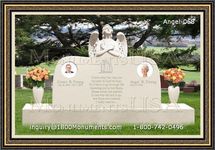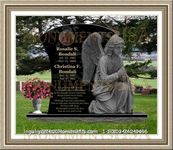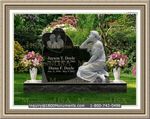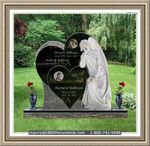|
What You Should Learn When Attending A Traditional Jewish Funeral
Certain rituals are normally performed at a Jewish funeral. These rituals vary, mainly depending on which community the deceased is from and the person who is officiating the wedding. Some officials are quite strict in observing that all rituals are performed as required, while others are flexible. The customs carried out aim at showing respect to the deceased as well as the mourners.
Burial should take place as soon as possible. This is normally on the same day that the person has died. However, since it is not always possible to have all the family members around when the person dies, it may be necessary to delay the burial for sometime until all the mourners have arrived. It is up to the family to decide if they will delay the burial or not.
The casket is normally kept sealed at the memorial service. It is generally considered rude to look at someone who cannot look back at you. A plain and simple coffin is used. The coffin should be made from wood only as not metal parts are allowed, as metal does not decompose.
For the process of decomposition to take place naturally, embalming is not allowed. However, since Jewish customs are subject to local laws, it may be necessary to have the body embalmed. This is so as to satisfy the public health regulations set by the local council.
The memorial service should be completed within a few minutes. Flowers are not allowed, though some Rabbi's may make exceptions. Mourners are not allowed to greet the attendees until after the ceremony has been completed. Mourners accompany the deceased to their final resting place.
When leaving the graveside, attendees at a Jewish funeral form a double line facing each other. The mourners pass in the middle and receive consolation messages from others. Any kind words of comfort are offered at this time. Mourners may symbolically wash their hands before leaving the cemetery as a sign of cleansing.
|
|



























